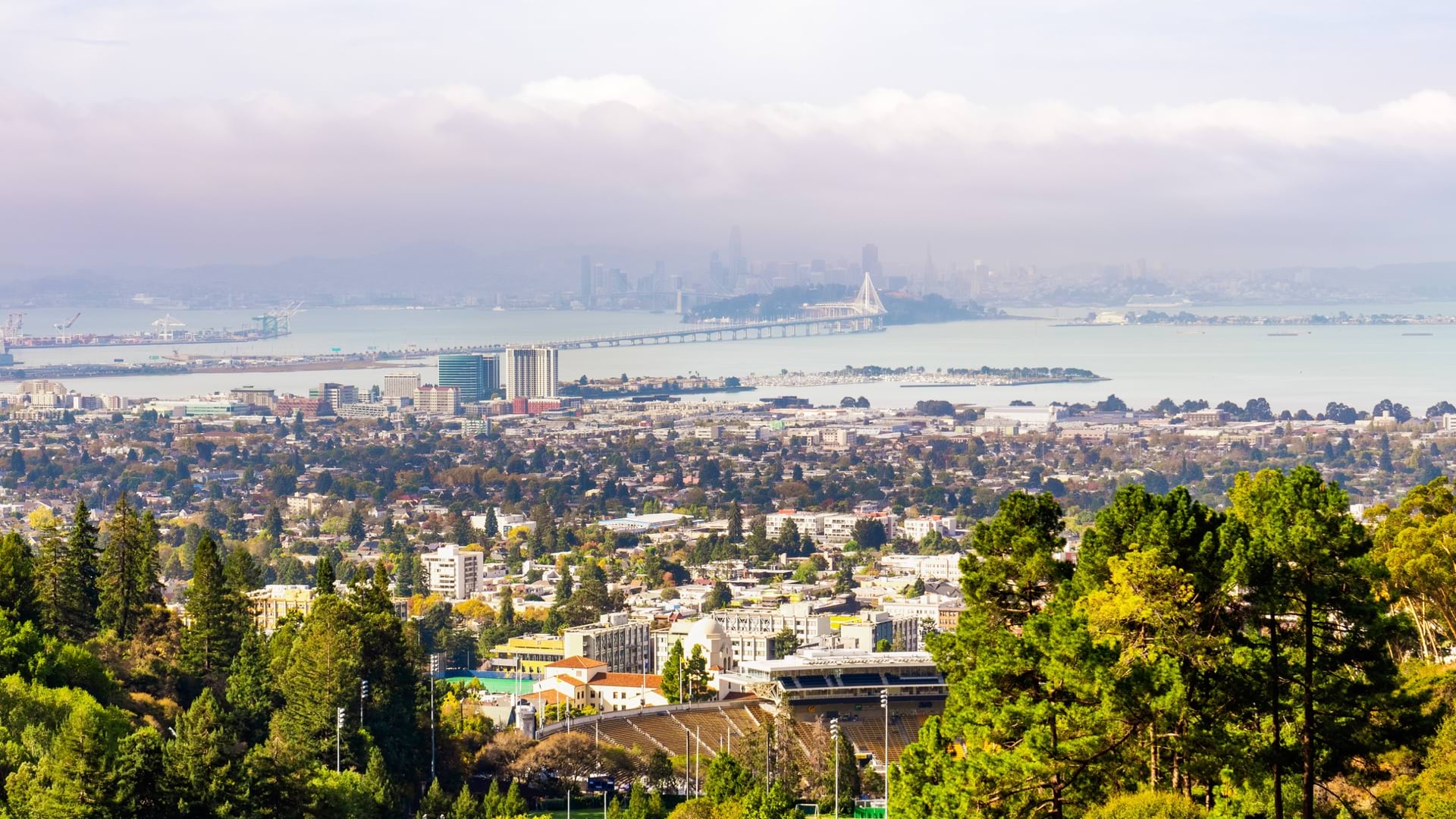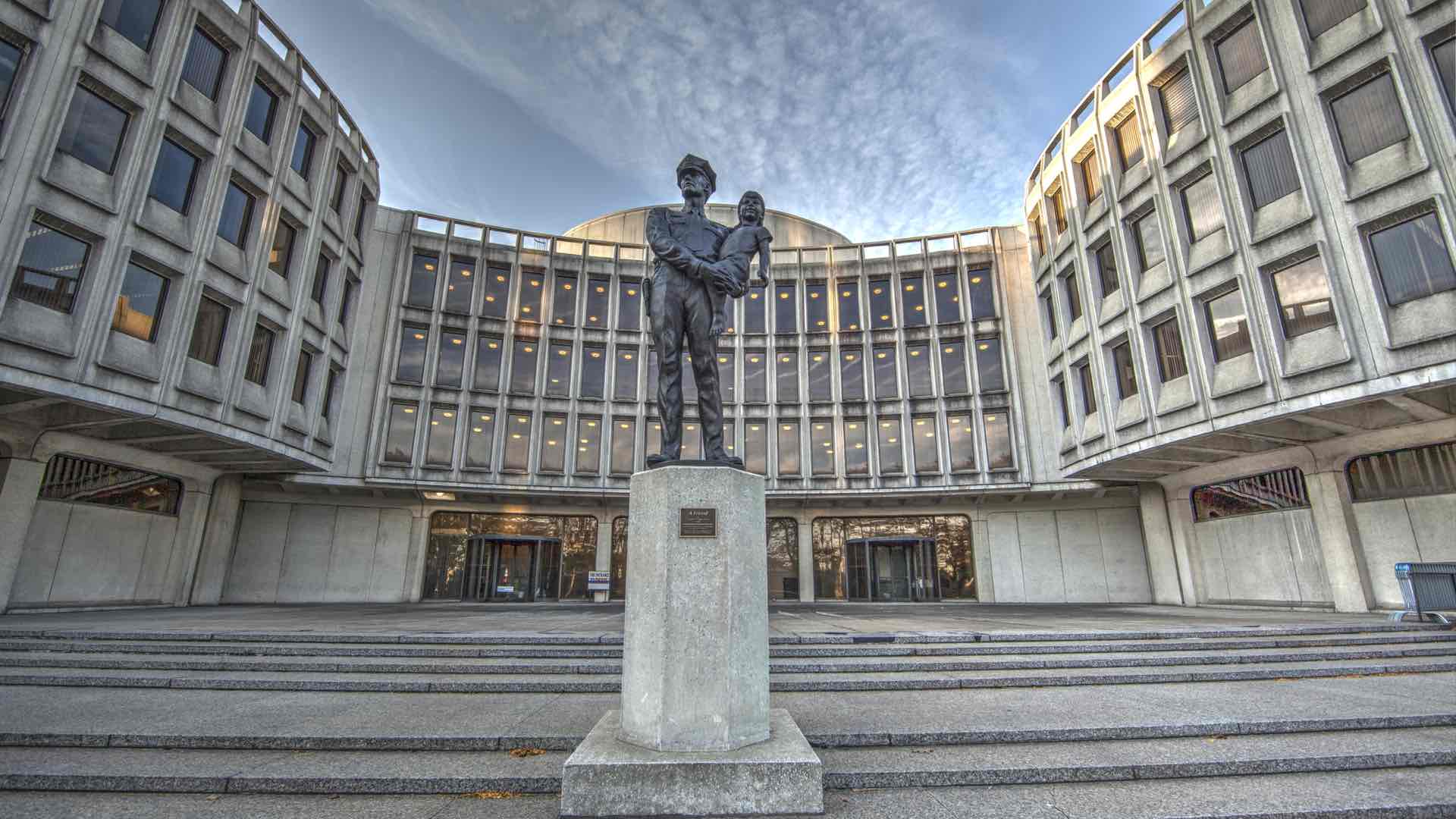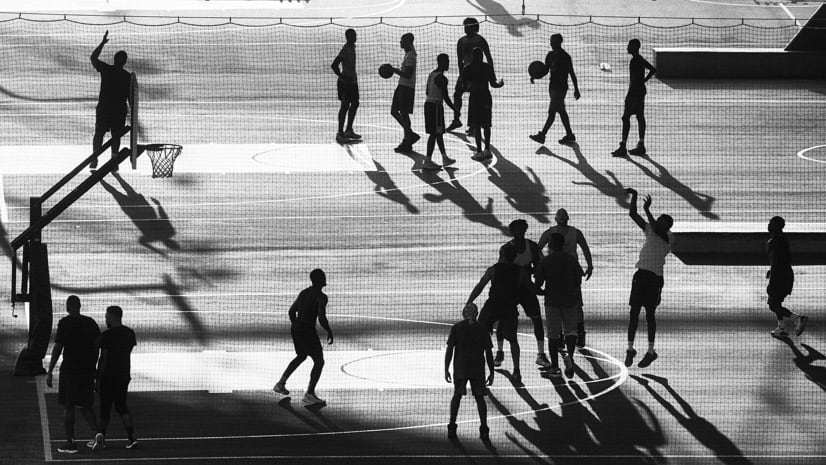
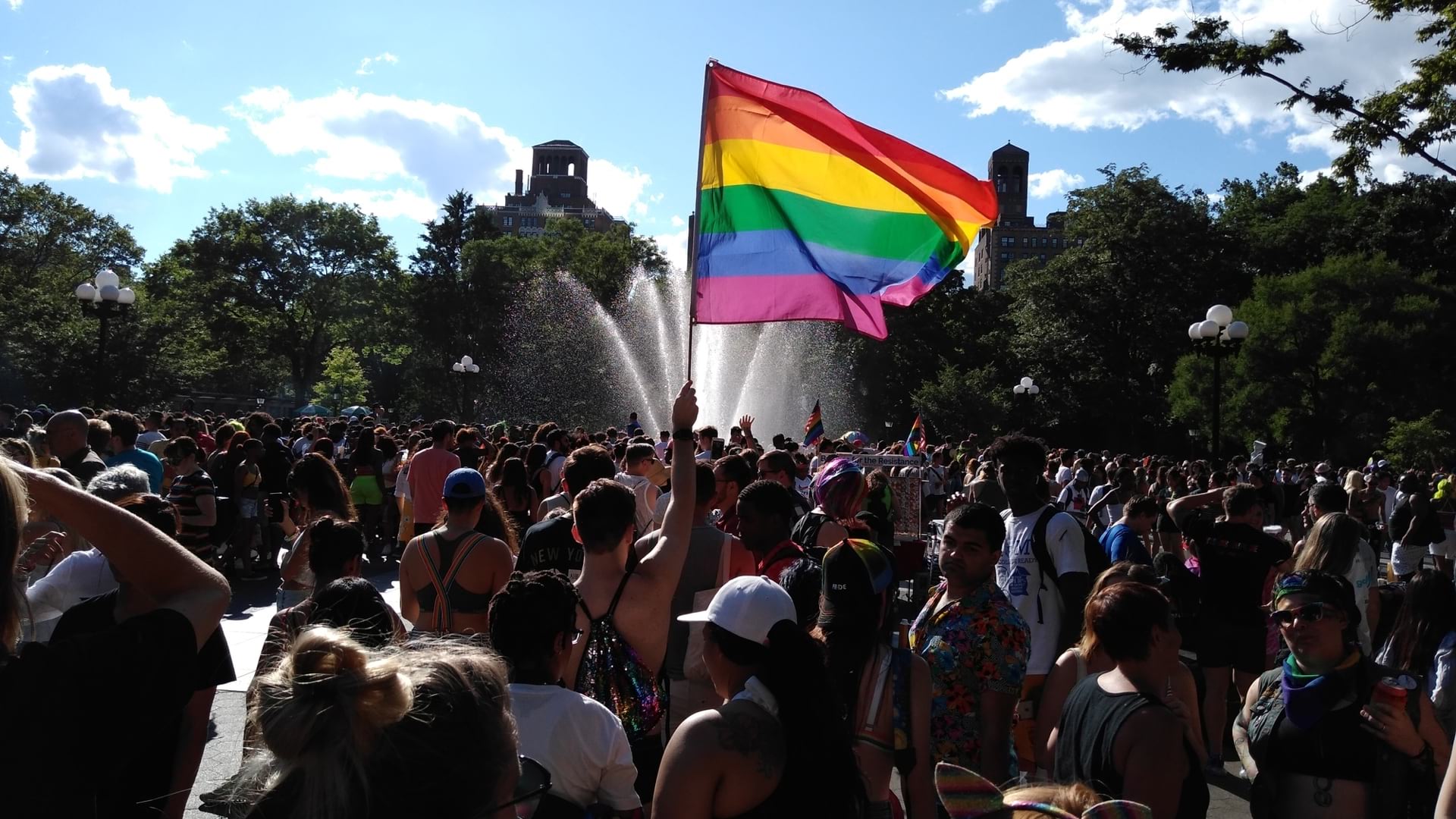
June 20, 2023

Crime spikes on Saturday evenings in New York City, leaving local youth with fewer options for fun, safe places to be. Since 2021, the city expanded its Saturday Night Lights program, adding 116 new sites for those aged 11 to 18 to practice sports, dance, martial arts, and other activities. City leaders also developed a map of program locations to help parents and young people find the nearest places to go and the safest routes to get there.
“Sometimes just having details on a map and seeing where things are situated can be really helpful,” said Chris Chevallier, the New York City Police Department (NYPD) intelligence research specialist who created and maintains the map. “Every week, we push out updates to keep on top of constantly added programs and points of contact.”
More than 3,000 young people participate in Saturday Night Lights each week on average, many in underserved neighborhoods. The new program map, powered by geographic information system (GIS) technology, shows gym locations, hours, and contact information.
When Saturday Night Lights debuted in 2011, it started with a single gym.
“The Police Activities League gym in Harlem was closed on Saturday nights,” said Tiffany Howell, NYPD sergeant and project lead for the Saturday Night Lights program. “Statistically, young people are more likely to be victimized or commit a crime between the hours of 5 and 9 p.m. on Saturday nights. So, my boss said, ‘Why on earth don’t we have a place for these kids to go to do something constructive?’”
There are now more than 130 gyms across all five boroughs of New York City. NYPD officers are present at every gym, helping kids forge positive relationships with law enforcement. Coaches and police provide mentorship to youth in need, offering a reliable source of support and guidance.
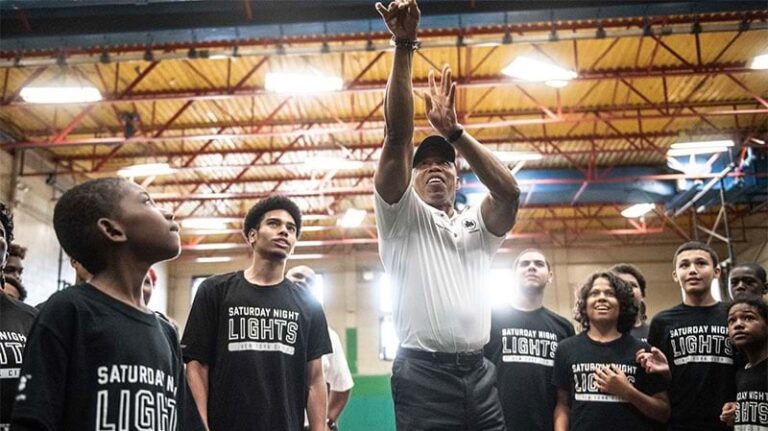
To expand the program, NYPD partnered with the Department of Youth and Community Development, the Department of Education, the Department of Parks and Recreation, and five district attorney offices.
New York City mayor Eric Adams has championed the effort. “Saturday Night Lights is about changing lives and ensuring no young person is left behind,” he said. “This is about giving young people another choice and keeping our city safe when crimes are most likely to be committed.”
Howell is seeing the program’s impact in other areas as well. She recently visited a football program in a Brooklyn neighborhood known for its gangs. A coach asked for a show of hands for those who had a grade of 90 percent or better in school. “More than 75 percent of them raised their hands,” Howell said. “It was amazing. These kids are doing well in school.”
Bringing kids face to face has become even more of a priority as many have become isolated by the pandemic. “Not being able to socialize during formative years, I think it did a lot of damage to kids,” said Howell who has two children. “That’s why these programs are important. Get kids out, get them active, get them together.”
At Saturday Night Lights, experienced coaches also instill life lessons that apply beyond the field, such as teamwork, sportsmanship, and discipline.
“It’s designed to be a quality sports program,” Howell said. “The goal is for the kids to work on their skills and drills and learn something.”
The program addresses another need in New York City and many other urban environments: dealing with the threat of gangs and gang violence.
In Queens, for example, law enforcement officials recently arrested 33 young people linked to gang-related gun violence fueled by social media posts. “Shooting opps, as they call it, is glorified with members actually keeping score and awarding points for shooting rivals, almost like it’s a game,” explained Jason Savino, NYPD Gun Violence Suppression Division deputy chief, in a press conference.
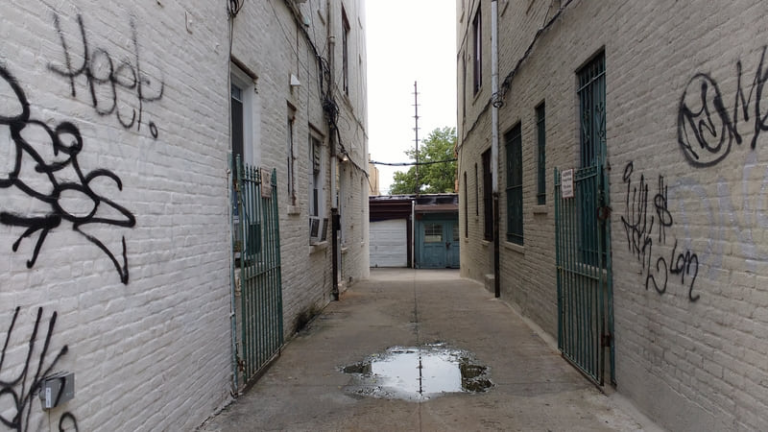
Young people in New York City are aware of the invisible lines on the map that mark a gang’s territory. They know where not to go. This same awareness helps program organizers place Saturday Night Lights in areas that are safe to access.
“They know gang lines that we don’t always know about,” Howell said. “They’re not going to cross those lines because it could be dangerous. So that’s why we have so many in certain parts of the Bronx and so many in certain parts of Brooklyn.”
Since that first gym in Harlem began opening its doors on Saturday evenings, countless young people have benefited and flourished. Howell takes pride in former participants who return to the program as coaches. “It’s absolutely amazing how you watch people come full circle,” she said.
The program lead from the New York Department of Youth and Community Development was a prior participant.
“Our deputy commissioner helped mentor her,” said Jermaine Washington, NYPD officer, and assistant project manager for Saturday Night Lights. “She went to college, the commissioner helped her get a job in the Manhattan District Attorney’s office, and now she is helping run Saturday Night Lights.”
These success stories drive Saturday Night Lights leaders to continue to grow the program, using maps and data to guide them. Many factors tied to location often determine where a site might be opened, such as proximity to other gyms and youth interests and needs. For example, near the Rockaway Peninsula in Queens, children are more at risk of drowning.
“We’re thinking about opening swimming programs because, we have a lot of youth die every summer who don’t know how to swim,” Howell said. “We want to add quality programs and we want to change the future of as many kids as we can.”
Washington hopes to have full sports programs at every site. “Because if you know it’s packed, you know the program is quality, and you know we’re having a significant impact on a lot of youth.”
Learn more about how GIS is applied to build community trust and increase police transparency.

